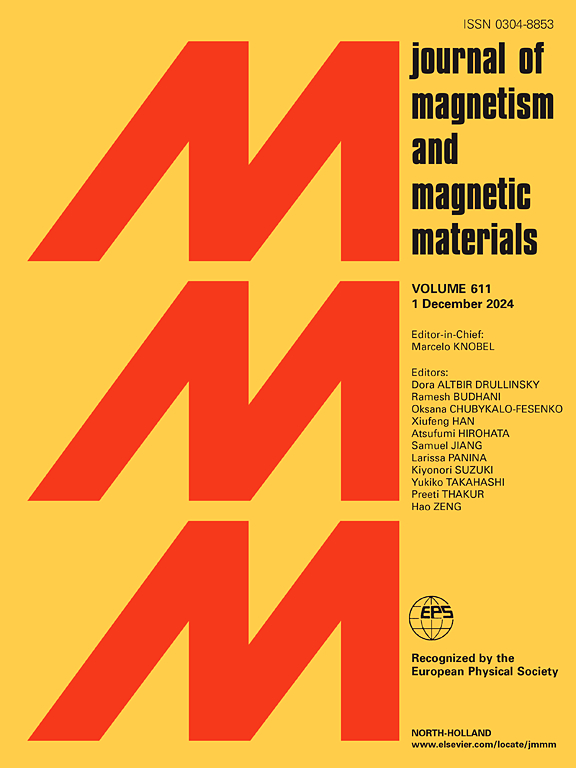Modeling and experimental validation of transient surface roughness in magnetorheological finishing using 3-D magnetic flux density
IF 2.5
3区 材料科学
Q3 MATERIALS SCIENCE, MULTIDISCIPLINARY
引用次数: 0
Abstract
Mathematical modeling of finishing processes is a way of getting a scientific framework for understanding and controlling the process parameters that influence the result. It enables better optimization and predictability of outcomes like surface roughness, improving quality and efficiency. This paper presents a mathematical model for transient surface roughness in the magnetorheological finishing (MRF) process. The MRF fluid is the main component of this process, containing ferromagnetic and abrasive particles. It forms a cross-linked chain-like structure in the influence of magnetism. These chains are assumed to be similar to the HCP crystal structure. Each HCP chain’s position is calculated with respect to the central axis of the cylindrical permanent magnet. 3-D magnetic flux density is considered to estimate the accurate variation of it across the axial and radial direction of the magnet within the working gap of the MRF tool tip and workpiece. The modeled total magnetic flux density () is validated and found to be 3.93% less and 4.07% more than the total magnetic flux density using the Tesla meter and simulation, respectively. The axial magnetic force is calculated based on the axial magnetic flux density that acts on the abrasive particles through ferromagnetic particles. Hardness for nano-indentation is modeled and utilized in the transient material removal rate (MRR) model. Further modeling of transient surface roughness is formulated based on the MRR model. The formulated theoretical model of MRR and surface roughness are in close agreement with the experimental values with R-squared of 0.991 and 0.953, respectively.

求助全文
约1分钟内获得全文
求助全文
来源期刊

Journal of Magnetism and Magnetic Materials
物理-材料科学:综合
CiteScore
5.30
自引率
11.10%
发文量
1149
审稿时长
59 days
期刊介绍:
The Journal of Magnetism and Magnetic Materials provides an important forum for the disclosure and discussion of original contributions covering the whole spectrum of topics, from basic magnetism to the technology and applications of magnetic materials. The journal encourages greater interaction between the basic and applied sub-disciplines of magnetism with comprehensive review articles, in addition to full-length contributions. In addition, other categories of contributions are welcome, including Critical Focused issues, Current Perspectives and Outreach to the General Public.
Main Categories:
Full-length articles:
Technically original research documents that report results of value to the communities that comprise the journal audience. The link between chemical, structural and microstructural properties on the one hand and magnetic properties on the other hand are encouraged.
In addition to general topics covering all areas of magnetism and magnetic materials, the full-length articles also include three sub-sections, focusing on Nanomagnetism, Spintronics and Applications.
The sub-section on Nanomagnetism contains articles on magnetic nanoparticles, nanowires, thin films, 2D materials and other nanoscale magnetic materials and their applications.
The sub-section on Spintronics contains articles on magnetoresistance, magnetoimpedance, magneto-optical phenomena, Micro-Electro-Mechanical Systems (MEMS), and other topics related to spin current control and magneto-transport phenomena. The sub-section on Applications display papers that focus on applications of magnetic materials. The applications need to show a connection to magnetism.
Review articles:
Review articles organize, clarify, and summarize existing major works in the areas covered by the Journal and provide comprehensive citations to the full spectrum of relevant literature.
 求助内容:
求助内容: 应助结果提醒方式:
应助结果提醒方式:


